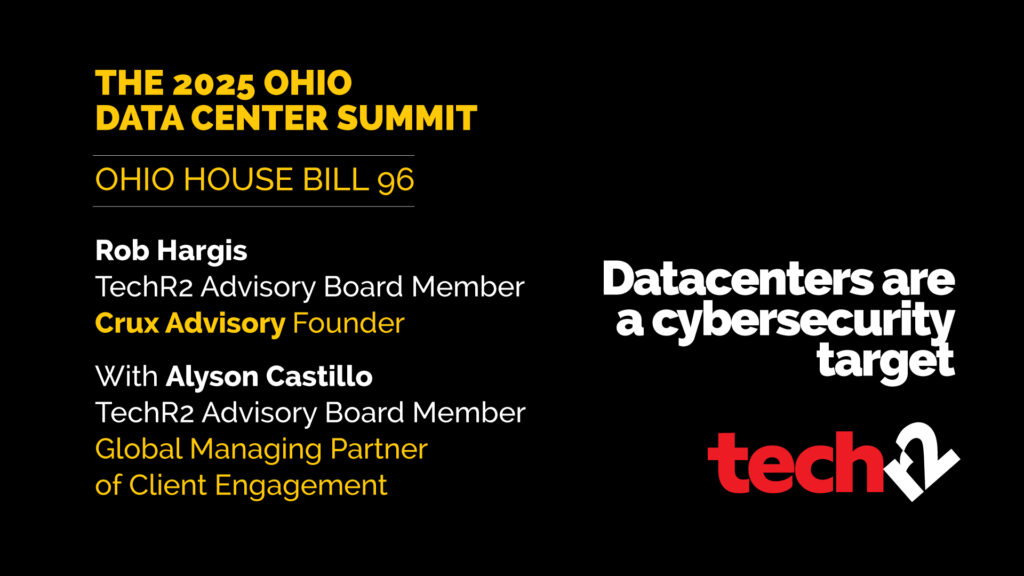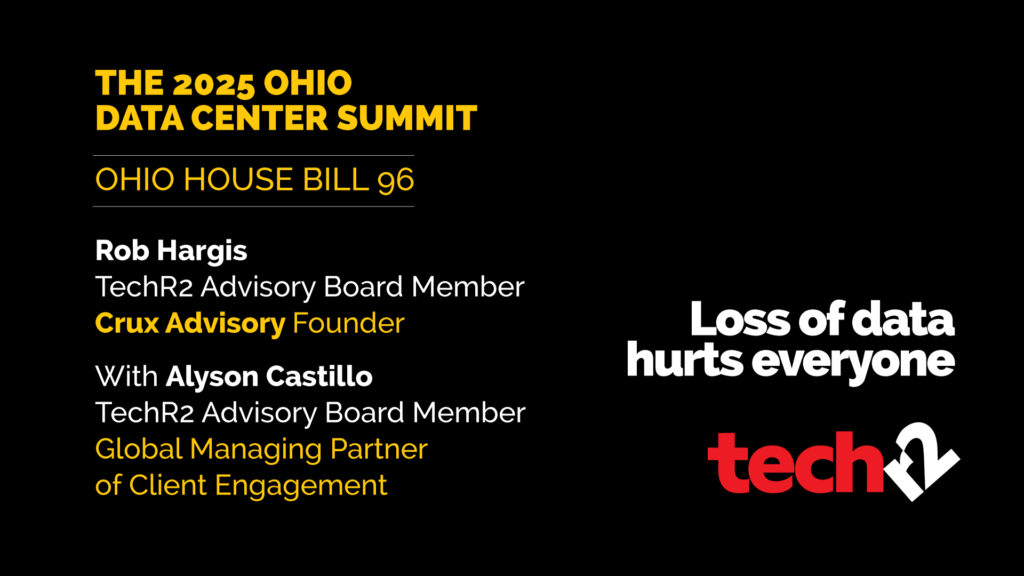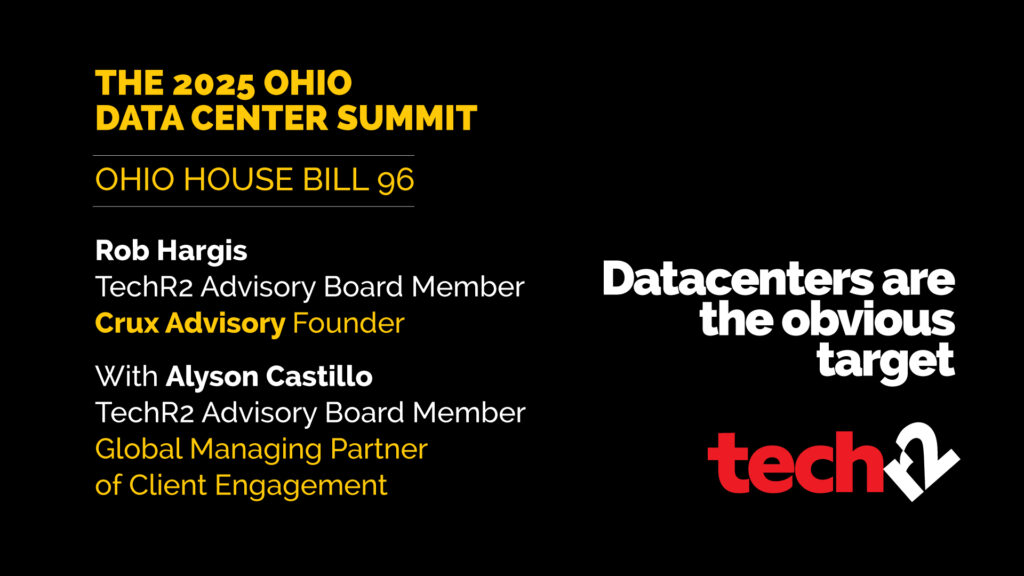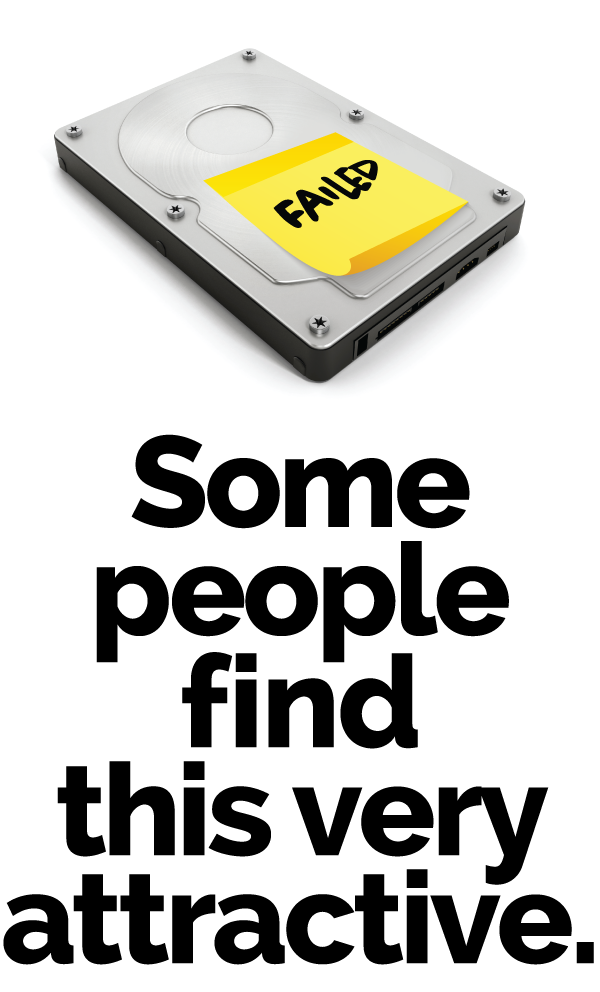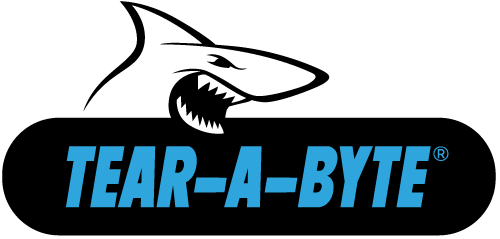[vc_row type=”grid” video_bg=””][vc_column dp_animation=””][vc_column_text dp_animation=””]
Good Documentation Practices
[/vc_column_text][/vc_column][/vc_row][vc_row type=”grid” video_bg=””][vc_column width=”1/2″ dp_animation=””][vc_column_text dp_animation=””]About ISO Standards
ISO standards all contain the same basic premise: Say what you do (formulate manuals and procedure policies), do what you say and document it (create and implement internal forms and necessary documentation). Ultimately, documents are evidence that the actions or tasks have been performed, therefore, all documentation should be concise, legible, accurate, and traceable.
Herein is the definition of good documentation practices.
Concise: Documents must be clearly understood by coworkers or customers
Legible: Easy to read and follow by coworkers or customers
Accurate: Documents must be error free.
Traceable: Each document must be traceable — who recorded it, where and why.
QMS and ISMS records must always be reviewed for Good Document Practices such as, but not limited to:
Contracts, P.O.s, training records, MR minutes, non-conforming records.
Correcting mistakes
- Errors should be corrected by the person who created them or, if that person is not available, his or her manager.
- Draw a single line through all errors, thenn sign and date. Example: *Richard Biggs RB 9/15/15 (and if an explanation is needed and there is not enough room to write it next to the error, use the asterisk (*) sign next to the error and the explanation.
Example: *wrong name
[/vc_column_text][/vc_column][vc_column width=”1/2″ dp_animation=””][vc_column_text dp_animation=””]Document Do’s and Don’t’s
|
DO’s
|
DON’T’s
|
[/vc_column_text][/vc_column][/vc_row][vc_row type=”grid” video_bg=”” row_type=”section” bg_image_repeat=”repeat” padding_top=”24″ padding_bottom=”24″][vc_column dp_animation=””][vc_separator][/vc_column][/vc_row][vc_row type=”grid” video_bg=””][vc_column width=”1/2″ dp_animation=””][vc_widget_sidebar sidebar_id=”posts-footer-block-left”][/vc_column][vc_column width=”1/2″ dp_animation=””][vc_widget_sidebar sidebar_id=”posts-footer-block-right”][/vc_column][/vc_row]

